Rick VanSickle
Saturday marks the first day of fall in the northern hemisphere, a time of immense anticipation for the grape harvest, but also one of hope for an Ontario wine industry that is facing an uncertain future.
Also in this Ontario Wine Report: The NOTL Dig Our Roots event re-imagined, new Grape King anointed in Niagara, wines from Vineland Estates, Closson Chase, Lailey, and Stonebridge wineries reviewed, and our picks from the Ontario wines released at Vintages stores Saturday, including Hidden Bench, Featherstone, and Henry of Pelham, plus a really nice Barolo on the international side.
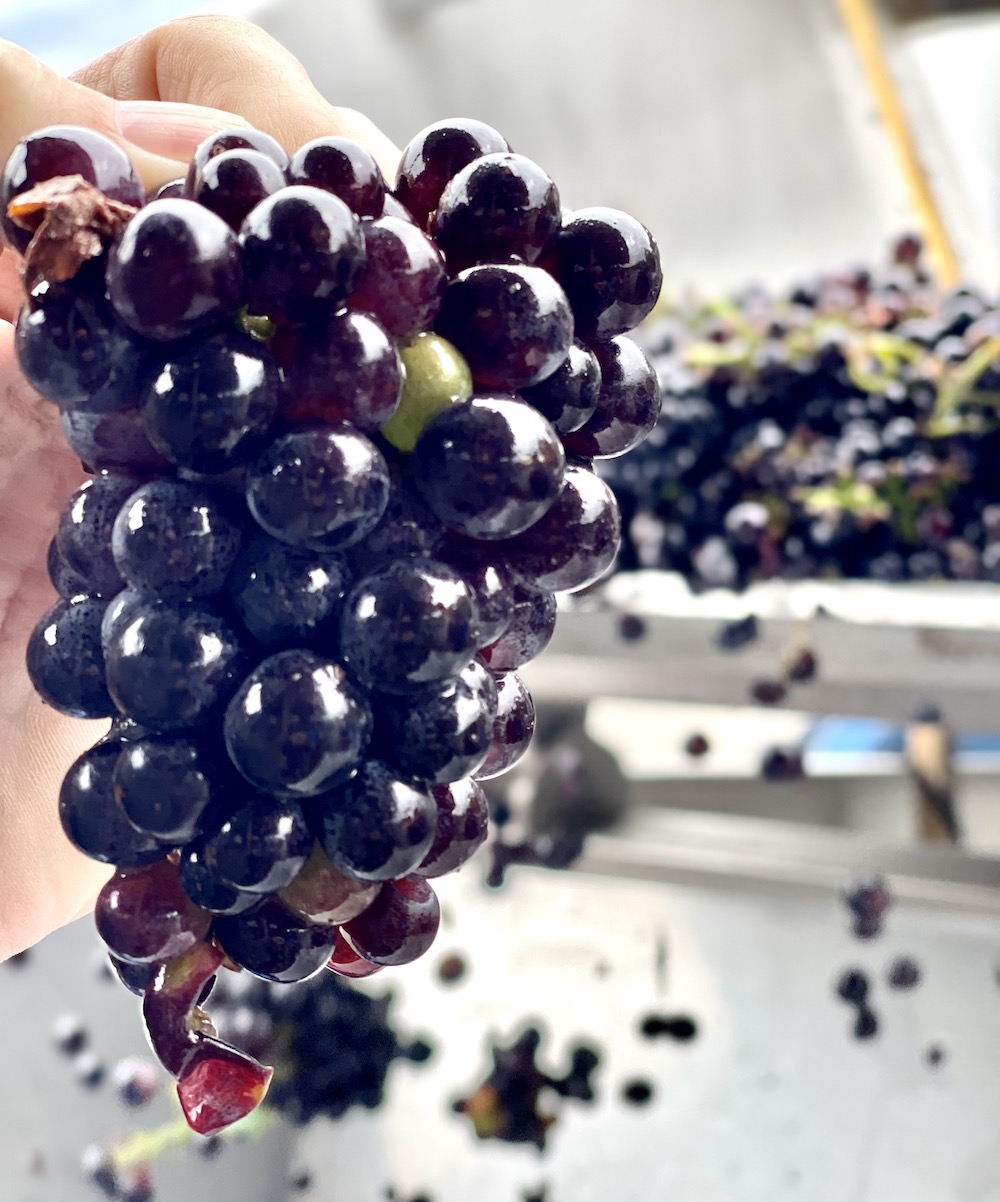
A late summer surge of warm, sunny weather has winemakers in a bullish frame of mind after a “challenging” summer that was wet and dreary for much of August. Most wineries are the midst of picking their sparkling grapes and some just beginning to harvest early ripening still wine grapes.
Driving around wine country, it’s an encouraging sight to see bright yellow bins lined up and ready to accept hand-picked grapes in the vineyards. Meanwhile, giant harvesters hog the country roads as they join the annual ritual of getting grapes to crush pads and repeating that long into the fall and, yes, even into the frigid winter months for icewine grapes.
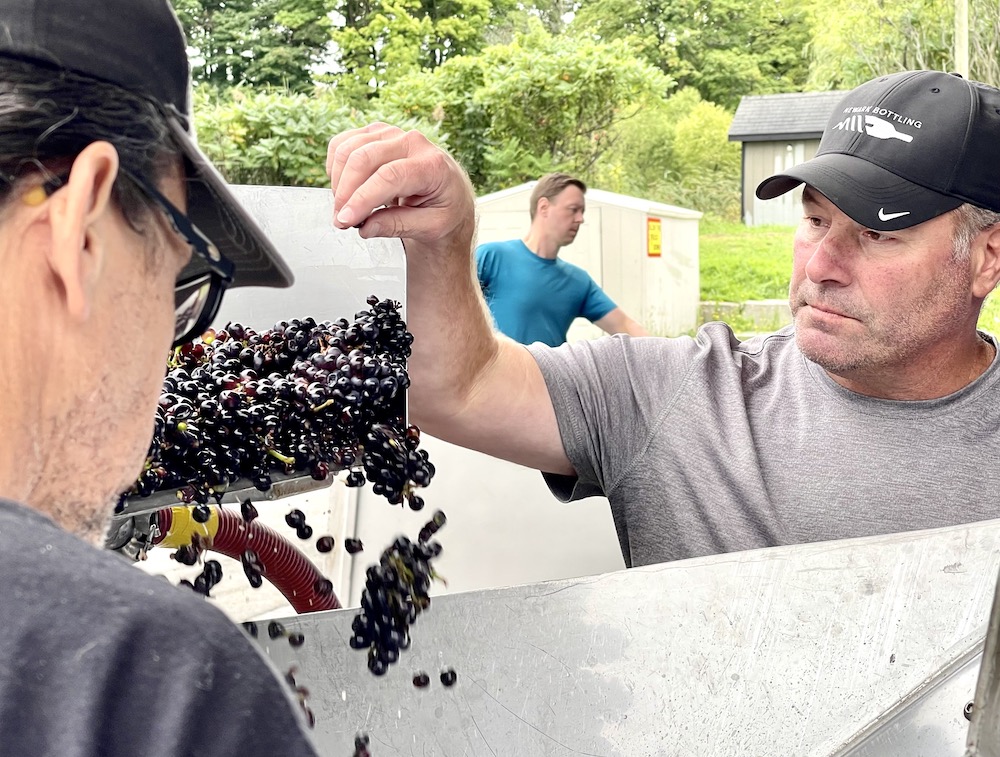
I found Vineland Estates winemaker Brian Schmidt, above, and his full winemaking team bringing in the first hand-picked Pinot Meunier at the winery crush pad last week on the Twenty Mile Bench. It’s all hands on deck for the wine industry this time of the year, a mad dash to the finish line with the ultimate goal of crafting a successful vintage of top VQA wines.
It’s no different than any other harvest, aside from one key issue hanging over the heads of every winery in Ontario. While the annual harvest is of immediate concern, what happens in the next few weeks can determine the success or failure of many Ontario wineries struggling to survive.
Carolyn Hurst, the chair of Ontario Craft Wineries, knows the stakes are high, in fact higher than they have ever been. Three key associations — Ontario Craft Wineries, Tourism Partnership Niagara, and Wine Growers Ontario — joined together to commission a report titled Uncork Ontario. That report, which concludes that the Ontario wine sector is well positioned to drive sustainable economic growth for the region, the province, and the country and has the potential to drive at least $8 billion in additional real GDP over the next 25 years, launched a campaign to lobby the government for radical changes to reach those lofty goals, or at least put the wheels in motion.
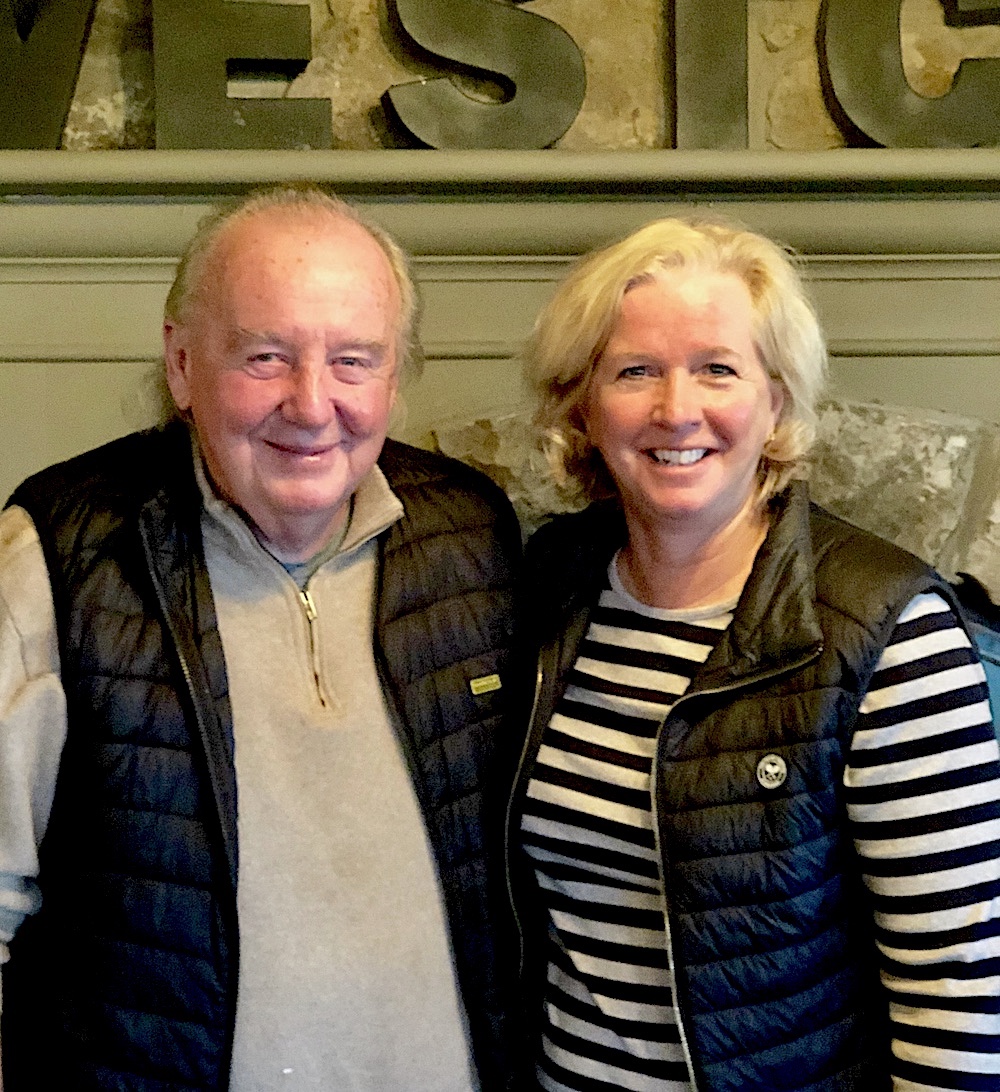
Nothing is certain right now as the government plays their cards close to their vest in advance of the first session of the Ontario legislature on Sept. 25 and the fall economic statement in October. What transpires in the wake of the fall sitting will impact the alcohol beverage industry profoundly going forward. There will be winners and there will be losers no matter what they decide, even if they do nothing and leave it at the status quo.
One of the biggest issues for Ontario wineries is a punishing 6.1% “sin” tax charged on every wine made in Ontario but not foreign wines. It’s a tax that’s been hurting Ontario wineries for years even though a grant was issued to wineries to help pay that tax back. To this date, the tax has not been cancelled and wineries keep remitting the tax owed monthly and can only hope the grant keeps getting extended. Ontario wines are among the highest taxed in the world with about 65% of every bottle sold going to taxes and severe levies at the LCBO.
Niagara New Democrat MPP Wayne Gates is reintroducing legislation to cancel the tax charged on Ontario wines, a move the wine industry has been aggressively lobbying the government to make. The bill would create an exemption for VQA and 100% Ontario wine from the 6.1% tax collected on wine sold at winery retail stores in the province.
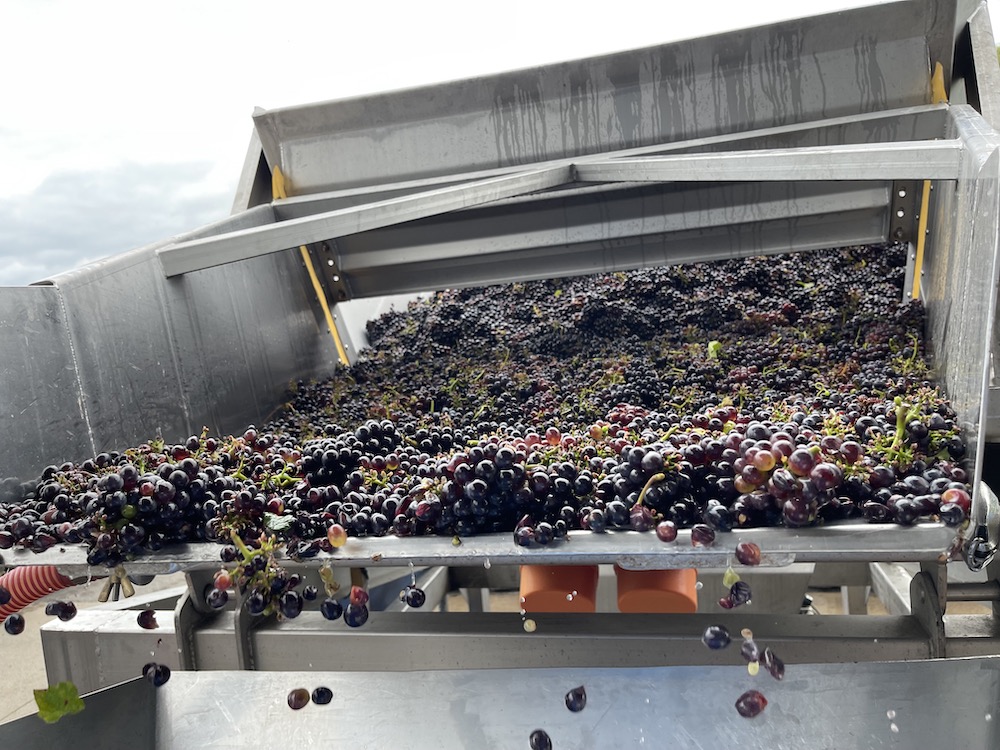
While that 6.1% tax is an immediate concern, a rumoured overhaul of the alcohol beverage industry is likely a larger worry, and of more importance to the future of the industry. Premier Doug Ford has always signalled that he is a big believer in opening up the industry to a broader range of retail options for consumers, beyond the LCBO and the system now in place at grocery stores. Not only that, but some are hinting that the Master Framework Agreement with The Beer Store, a monopoly run by the big three, foreign owned beer companies, could be in the crosshairs of Ford. That sweet deal for the existing system requires a two-year warning before it can tear up the agreement and open it up to the private section. That warning would have to be given to the Beer Store in the next few weeks. There are only three options on the table — extend the agreement, modify it, or suspend it entirely.
If that agreement was dissolved, it creates a whole new set of issues. Who retails beer? Do grocery stores and corner stores get more freedom to retail beer and wine? And what about distribution? All of this could be on the agenda in the fall sitting of the government.
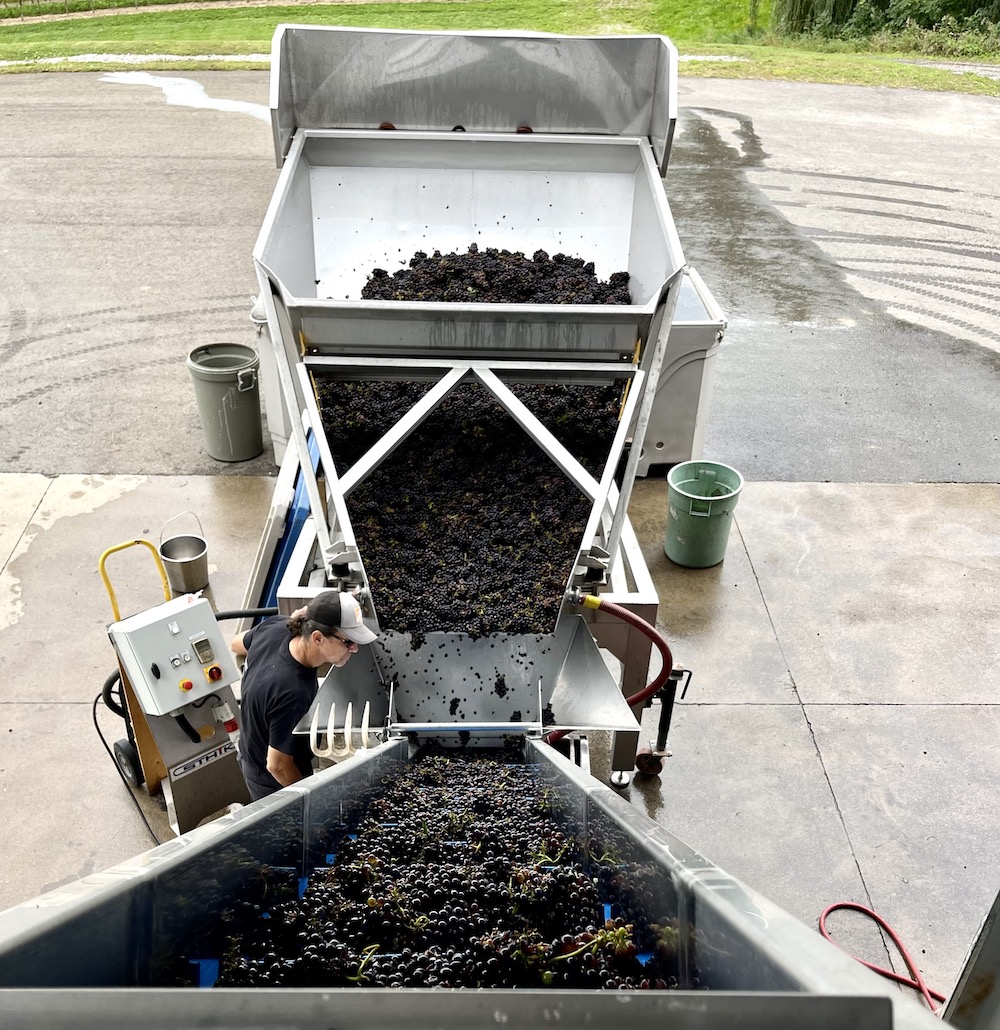
Hurst feels that Premier Doug Ford is the best hope for the Ontario wine industry to move forward. “Ford is focused on the consumer, he wants more access to everything,” she told Wines in Niagara. “We want more Ontario craft wineries in all retail channels — grocery, private stores, LCBO. We want to replace imports, to grow our domestic products and grow market share.” In short, however it’s done, Hurst wants to see VQA wines getting more exposure. “My mission is to replace imports.”
There is a lot at stake in the coming weeks, but Hurst, also co-owner of Westcott Vineyards with her husband Grant Westcott, believes that the Ford government “is trying to do things that will help us. I’m cautiously optimistic that they are going to be supportive of our asks from the Ontario wine industry.”
Detour to Vineland Estates
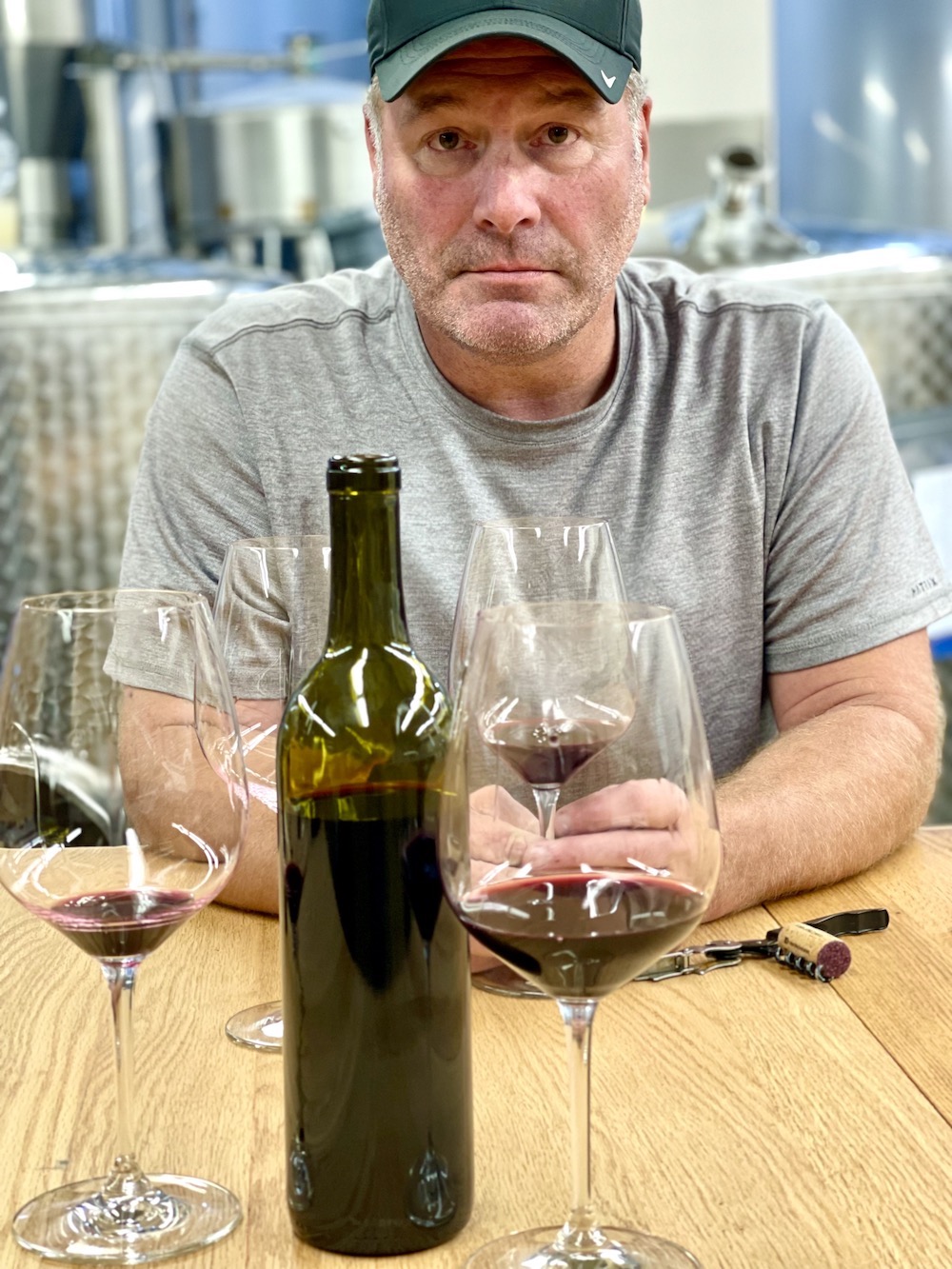
Sometimes you luck out and arrive at a winery just as the latest bins of fresh-picked grapes are being poured into the hopper for processing. There’s no smell quite like it. It was Pinot Meunier on this day for Vineland Estate’s sparkling program. And, as happens during every trip to Vineland, there is always some barrel tasting to dig into.
The Bo-Teek Vineyard Cabernet Franc Clone 214 2022, just bottled and not labelled yet, was poured beside the as-yet unbottled Bo-Teek Cabernet Franc 2022 Clone 327. These single vineyard, single clone Cab Francs are some of the finest being produced in Niagara. The 214 clone produces a more muscular example with savoury/earthy notes, brambly red berries, herbs, smooth tannins, and integrated spice. The 327 clone version is still in barrel and a bit tighter at the moment but shows a lovely perfume, ripe red berries, more oak and structure and a lifted finish. Both these wines will excite wine lovers down the road.
I also tasted two Chardonnay Musques, one from Vineand Estate and the other from Schmidt’s own Mission Vineyard (available through Vineland’s wine club).
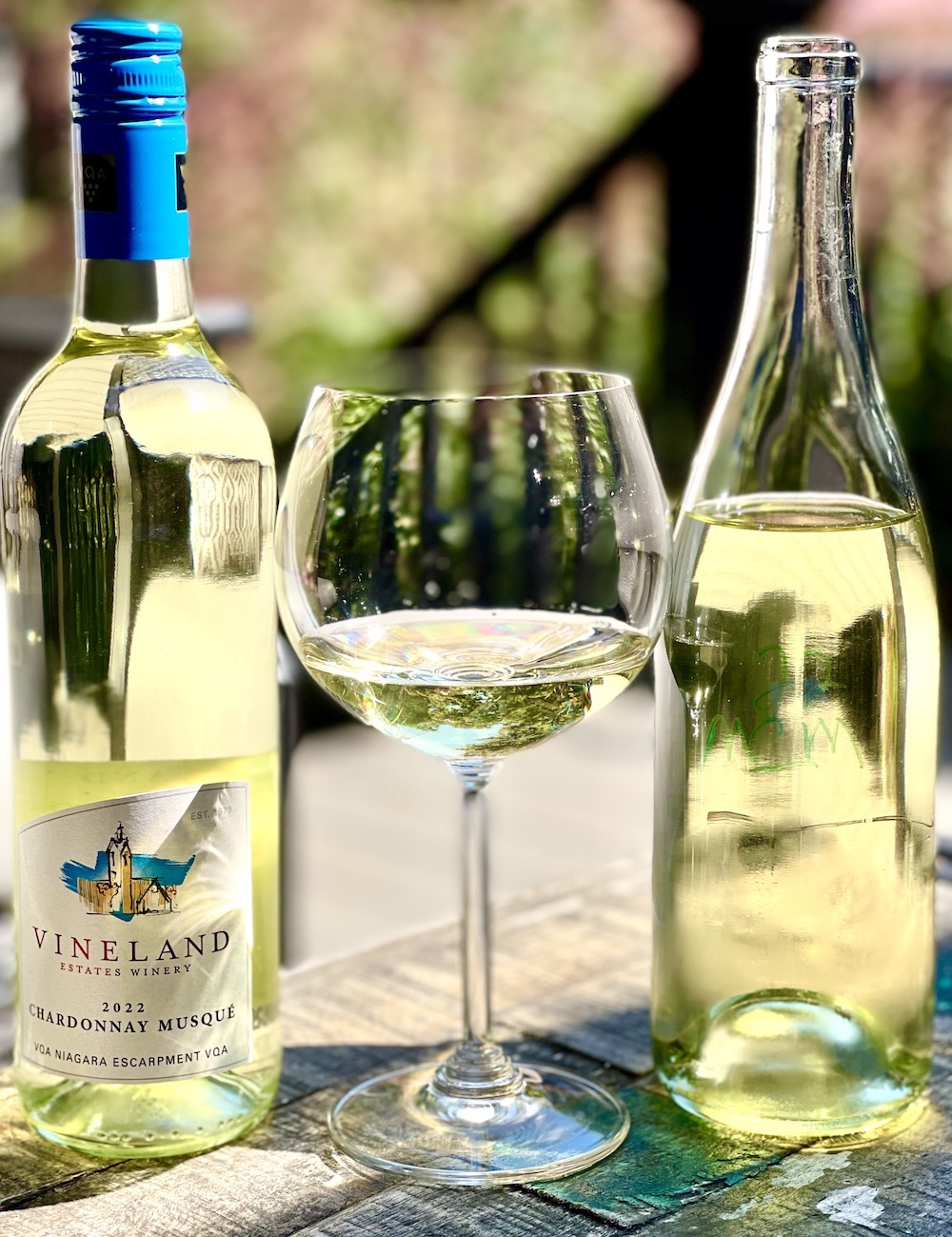
Vineland Estates Pathfinder Mission Vineyard Chardonnay Musque 2022 ($20 range, wine club only in January, retasted, 92 points) —The Mission Vineyard is Schmidt’s own vineyard located not far away, just north of the Tawse home vineyard on the Twenty Mile Bench. The Chard/Musque is fermented on its own lees after 12 hours of skin contact. I originally tasted this almost a year ago and it has really rounded out nicely into a Chardonnay Musque style you don’t usually see in Niagara. It’s highly aromatic with generous notes of ripe peach, pear, chalky minerality, citrus and an enticing floral note. It’s ripe and juicy on the palate with a creamy texture, layers of orchard goodness, chalky minerality and tingly, fresh acidity keeping everything in harmony on the finish. A Chardonnay Musque that takes a different, better in my opinion, path to bottle.
Vineland Estate Chardonnay Musque 2022 ($20, January release, 90 points) — Such a ripe and full nose of summer peaches, yellow apples, nectarines, quince, and lemon. It’s full and rounded on the palate with mouth-coating orchard fruits, crisp lemon, and juicy acidity through the finish.
New Stonebridge and Lailey wines
I tasted some upcoming wines from both Lailey and Stonebridge on my back porch with the retail/marketing manager Thomas Reid recently. Here’s what I liked:
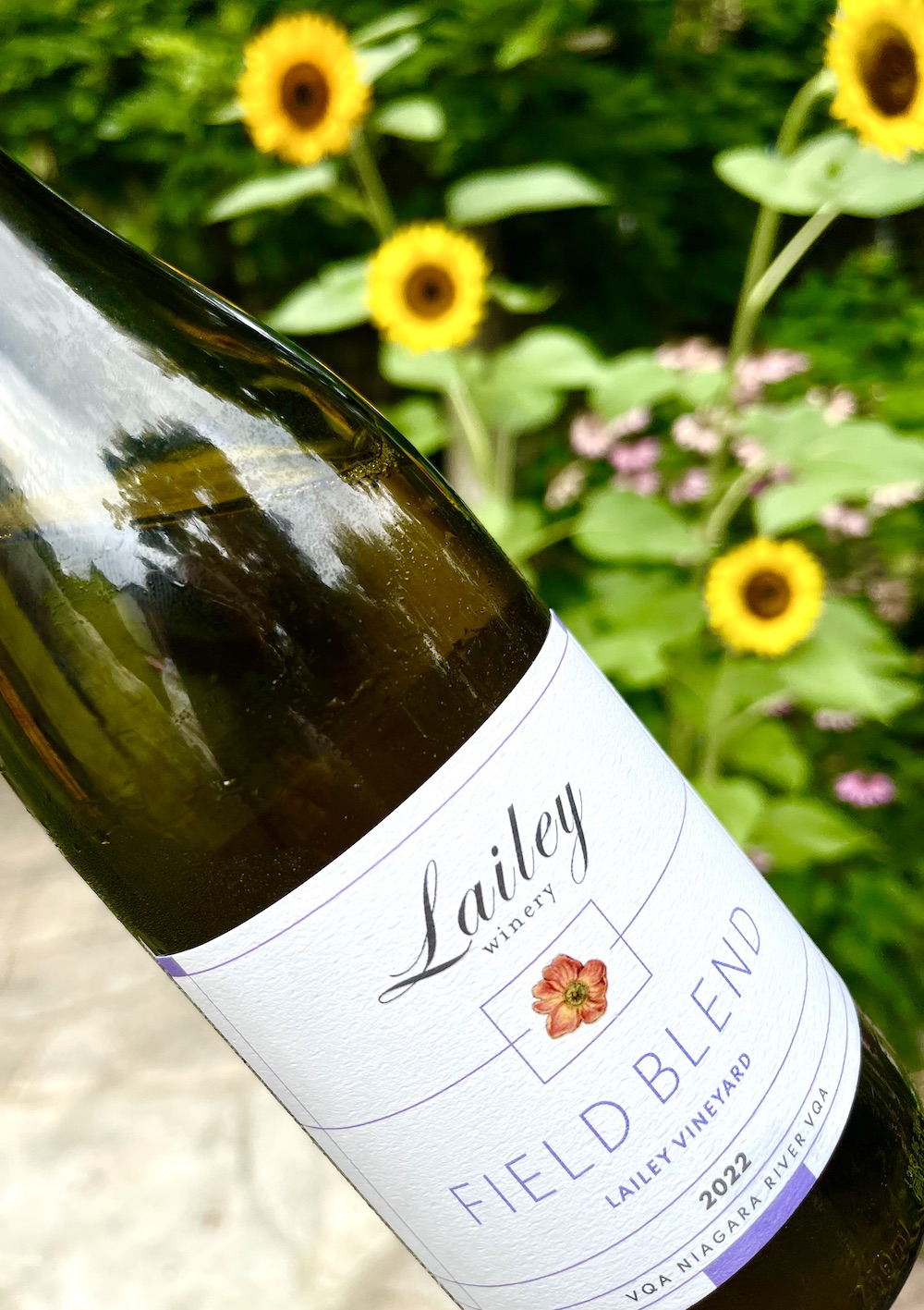
Lailey Field Blend 2022 ($42, Oct. 1 release, 90 points) — Lailey/Stonebridge owner Faik Turkmen refers to this unusual blend as this: “52% Chardonnay, 36% Pinot Noir, 10% Gewurztraminer/Muscat, 2% Sauvignon Blanc and 100% Peter Gamble.” As the winery’s lead consultant and winemaker, Gamble was tasked with dealing with the last of the original vines at the Niagara-on-the-Lake winery. Winter kill and neglect prior to Turkmen taking the reins at Lailey has prompted a major replanting and the last of the original grapes harvested were the above varieties in 2022 while the winery transitioned to full “replanting mode.” Gamble decided a “field blend” was the way to go, as an historic send-off for the last of the original grapes. The field blend is a growing category in Ontario and offers up some of the most unique wines being made out there. This is no different. It’s a fruit bomb on the nose with layers of apples, apricots, peaches, nectarine, and subtle ginger notes. It has a rounded, creamy texture on the palate, a touch of RS and overflowing with ripe orchard fruits, apricot tart, ginger, honeydew melon, elderflower, and plenty of zip on the juicy finish. “It’s very much us,” said Reid. “It’s very much Faik.”
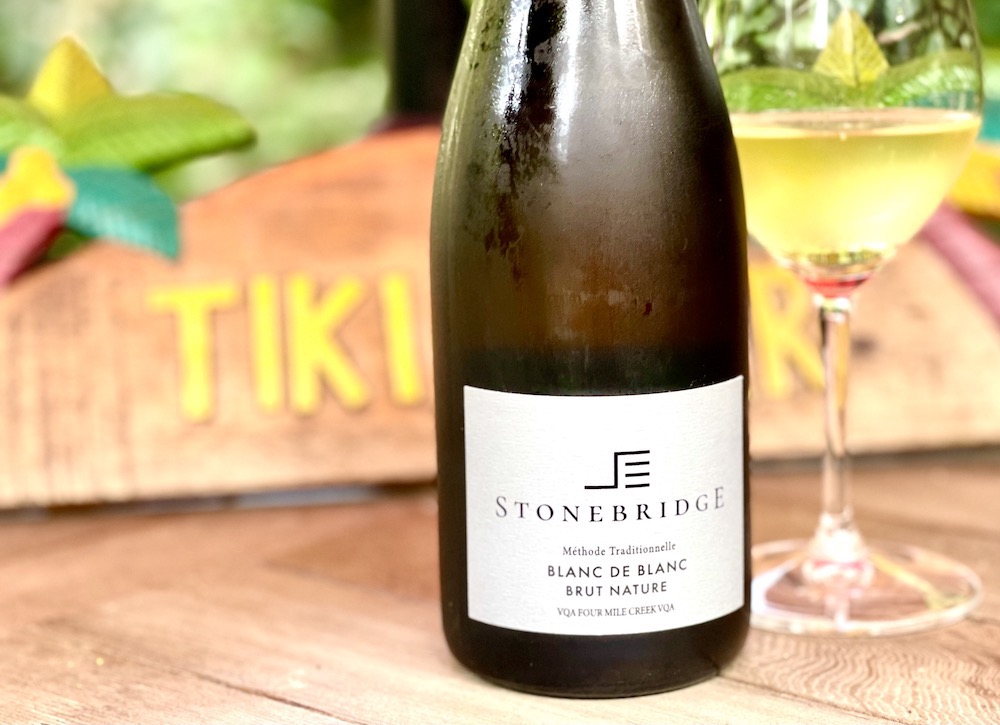
Stonebridge Blanc de Blanc Brut Nature 2020 ($54, released early November, 93 points) — This 100% Chardonnay is the first traditionally made bubbly made from the Stonebridge collection of wines. The first disgorgement is only 42 cases and spent 23 months on the lees. It pours a pale golden colour in the glass with a vigorous bead in the glass. The initial note is one of fresh baked bread, subtle autolytic accents, then yellow apples, pears, fresh-cut lemon, and brioche. It’s fresh and lively on the palate with an elegant bubble that leads to lemon, pear, tart apple notes, brioche, nectarine, and a lingering fresh finish. You can lay this down for five or more years or drink now and wait for the next disgorgement with a bit more time on the lees.
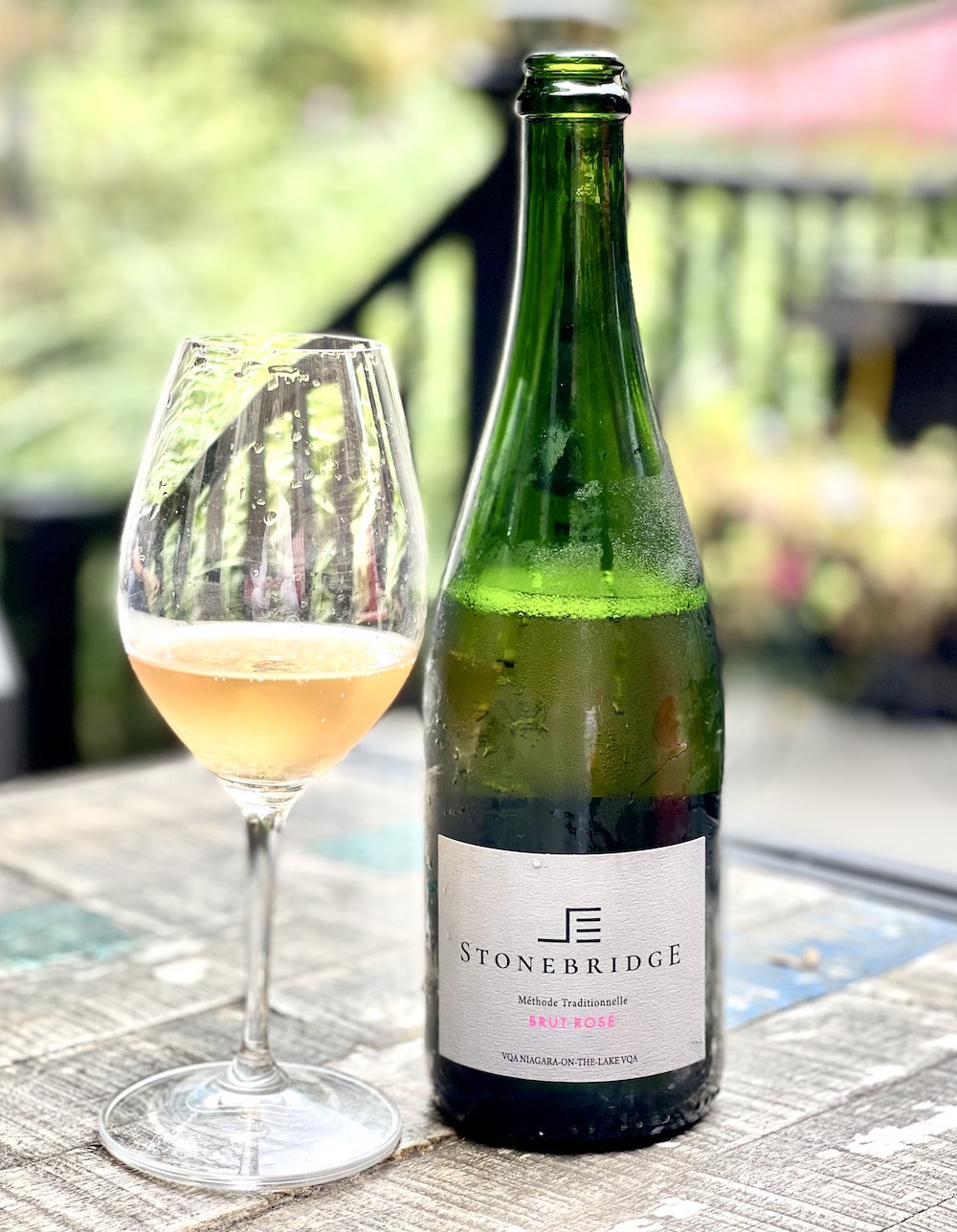
Stonebridge Brut Rosé 2021 ($54, released early November, 91 points) — The Brut Rosé, also made in the traditional method, is primarily 100% Chardonnay, but gets its pale salmon colour from a dosage of estate Zweigelt. It shows an elegant bead in the glass with a nose of fresh red berries, toasty/brioche notes, citrus zest, subtle savoury accents and a bright, finessed finish.
New look for NOTL’s Dig Our Roots

Niagara-on-the-Lake is home to some of the oldest and most established wine producing vineyards in Canada. Wineries there have been growing and producing wines for more than four decades.
The efforts of pioneering winemakers in that region were instrumental in propelling Canada onto the world’s wine stage and positioning Niagara-on-the-Lake as a premium wine growing region.
The Wineries of Niagara-on-the-Lake association is urging wine lovers to come and help celebrate decades of winemaking history with a re-imagined version of their Dig Our Roots event in October. Twenty-one NOTL wineries are ready to show you what they feel makes Niagara-on-the-Lake so special. Join the wineries in the heart of Old Town for what promises to be an unforgettable walk-around tasting at the NOTL Museum. Participants will gain full access to sample over 75 VQA wines and Niagara-on-the -Lake fruit wines at the various stations throughout the museum alongside live music and light food fare.
The details:
• Tickets to this event are $90.00 (plus tax and service fee)
• Three tasting sessions are available throughout the weekend:
• Session 1- Friday, Oct. 13, 6 pm-9pm
• Session 2- Saturday, Oct. 14, 1 pm-4pm
• Session 3- Saturday Oct. 14, 6 pm-9pm
• Get tickets here.
“Dig Our Roots is a celebration of Niagara-on-the-Lake’s history of grape growing and award-winning winemaking heritage,” said association board chair, Madison Vine. “It’s a unique opportunity for wine enthusiasts to enjoy premium wines from our 21-member wineries. Each bottle poured at the event carries the story of our terroir and the expertise of our winemakers. We’ve added an additional layer of history by hosting the event at the Niagara-on-the-Lake Museum. As you indulge in the creations of our wineries, you’re surrounded by the echoes of the past, a reminder of the pioneering spirit that laid the foundation for our vibrant wine region.”
The 21 winery members have also created one-of-a-kind appellation themed winery experiences throughout the weekend. You can explore the winery experiences during Dig Our Roots by clicking here.
Wiens Selected 2023 Grape King
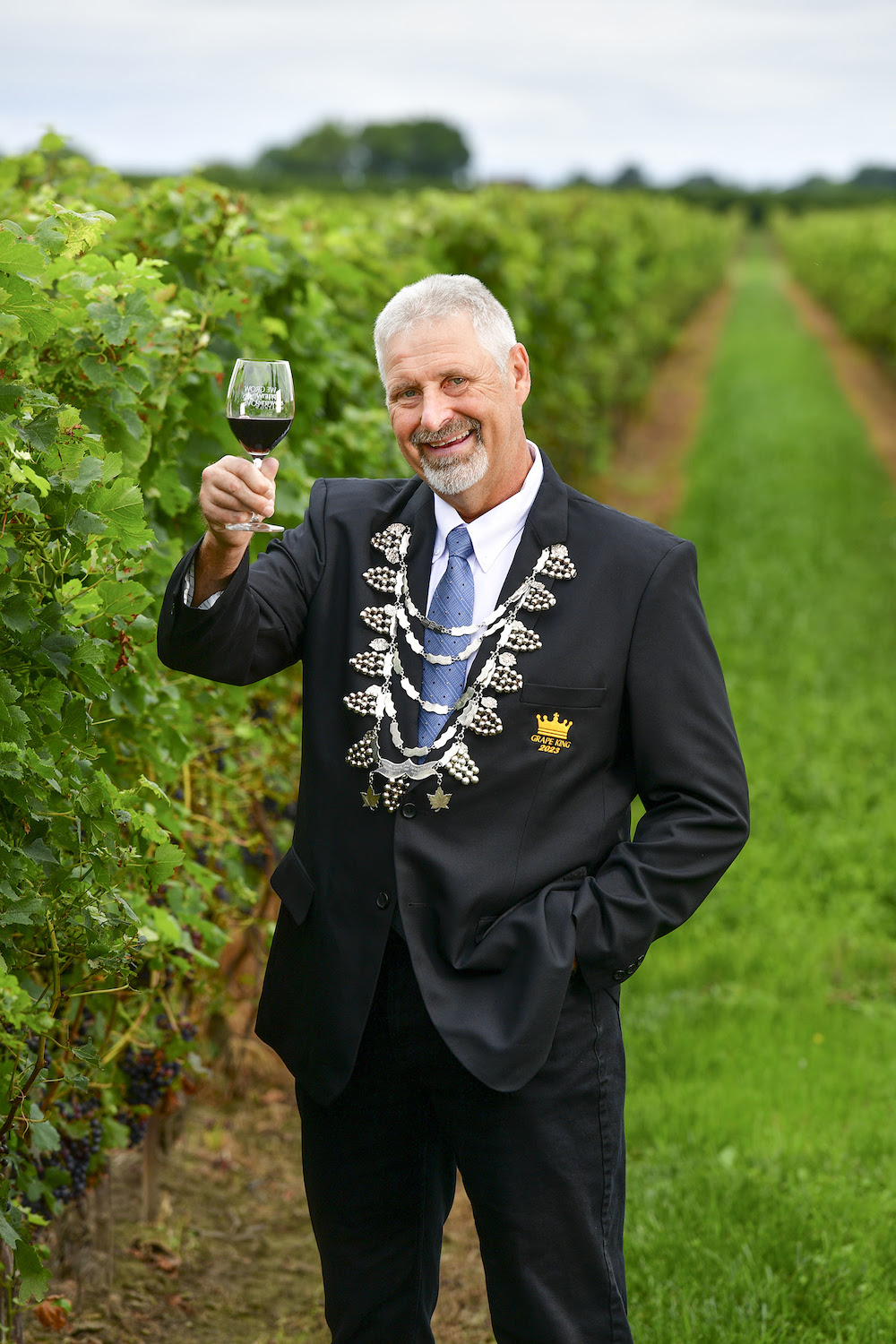
The Grape Growers of announced recently that Niagara-on-the-Lake grape grower Erwin Wiens has been chosen by his peers as the 2023 Grape King.
“We are delighted that Erwin Wiens has been selected as 2023 Grape King. Erwin will be a wonderful ambassador for the Ontario grape and wine industry,” said Grape Growers of Ontario Chair, Matthias Oppenlaender. “The annual crowning of the Grape King is a time-honoured tradition that began in 1956 to recognize exemplary vineyard management and knowledge of the industry,” said Debbie Zimmerman, CEO of the Grape Growers of Ontario.
The Grape King carries the distinction of being nominated by their peers and selected by industry judges who visit each of the nominated vineyards. The Grape King serves as a representative for Ontario’s grape and wine industry at events across the country, starting with the Invitational Grape Stomp (held in Montebello Park last weekend) and in the annual Grande Parade on Sept. 23 at the Niagara Grape and Wine Festival.
Wiens was raised in a fruit farming family. He attended Carleton University for criminal law where he met his wife, Dorothy. They raised four daughters, Brianna, MacKenzie, Taylor and Jessica and have a son-in-law, Daniel. Today, Erwin and Dorothy tend to a thriving 120-acre vineyard, cultivating a range of grapes including Chardonnay, Riesling, Pinot Gris and Merlot.
Wiens has been a member of the board of directors of the Grape Growers of Ontario since 2015, where he now presides as the chair of their sustainability committee. He is also the chair of the Niagara Regional Irrigation Committee and a member of both the Niagara-on-the-Lake Irrigation Committee and the Agricultural Committee.
Following a 31-year career in law enforcement, Wiens retired from the Hamilton Police Service. Since 2018, Wiens has been an integral member of the Niagara-on-the-Lake Town Council, where he currently holds the position of Deputy Lord Mayor.
Wiens was officially installed as the 66th Grape King in his vineyard located on Concession 1 in Niagara-on-the-Lake on Sept. 13 following the Grape Growers of Ontario’s annual Celebrity Luncheon.
Sept. 19 Vintages release
Here are the Ontario wines we can recommend coming to Vintages stores on Saturday:
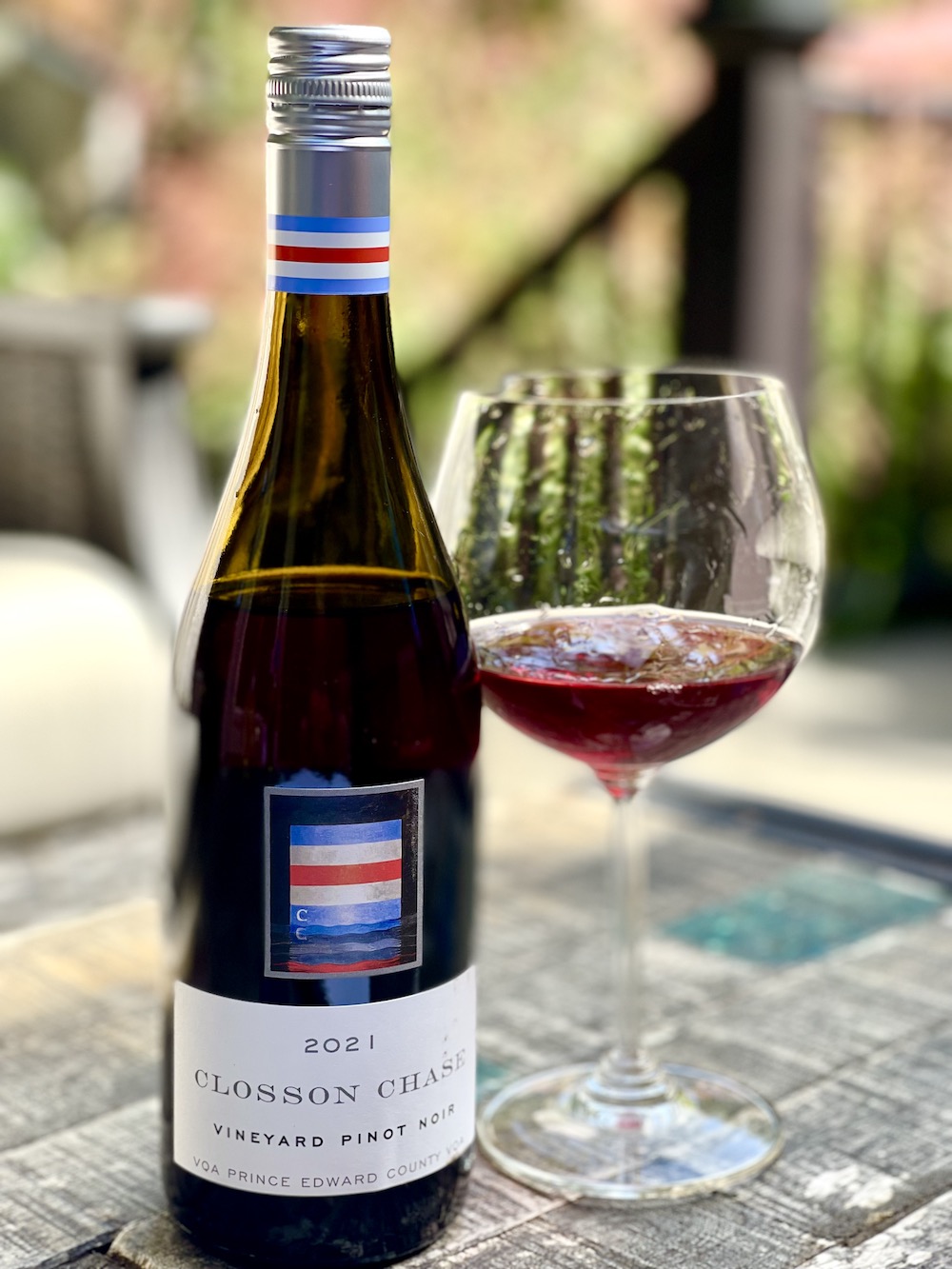
Closson Chase Vineyard Pinot Noir 2021, Prince Edward County ($37, new review, 93 points) — The Pinot grapes are sourced entirely from the estate vineyards. It’s destemmed with no crushing and cold soaked for 3-5 days then 75% fermented in 60L oak tonneau and 25% in stainless steel. It’s aged for 18 months in French oak barrels, 5% new. It has a rich, floral nose with brambly black raspberries, dark cherries, subtle cassis, and beetroot with lovely integrated oak spices. It’s a delight on the palate with a soft texture followed by ripe red berries, earthy/savoury notes, subtle herbs, harmonious spices, and a long, lifted finish. Can cellar 5+ years.
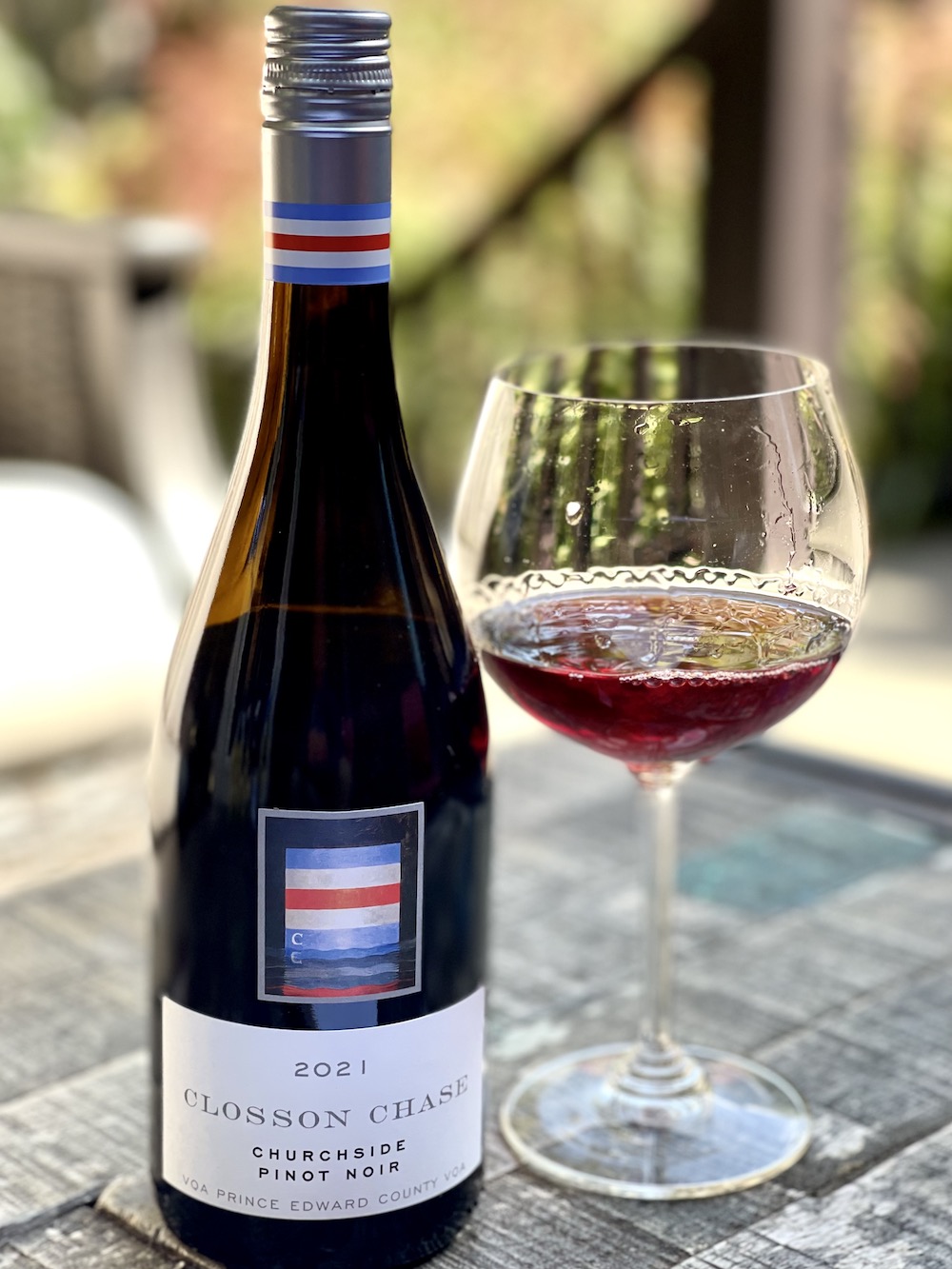
Closson Chase Churchside Pinot Noir 2021, Prince Edward County ($45, available only at winery, 94 points) — The Churchside Pinot is destemmed with no crushing and cold soaked for 3-5 days. It’s fermented in 60L oak tonneau then aged for 18 months in French oak barrels, 20% new. Full malolactic fermentation takes place in barrel. It shows a slightly lighter colour in the glass, but it is no less profoundly attractive on the nose with rose petals, brambly red berries, lovely perfume, elegant spice, cedar plank and a touch of anise and herbs. It’s beautiful on the palate, rich yet a certain elegance with forest berries, lifted cherry kirsch, raspberry purée, soft tannins, and lovely texture with a tangy, long and lifted finish. Just a delight with cellaring up to 7+ years.
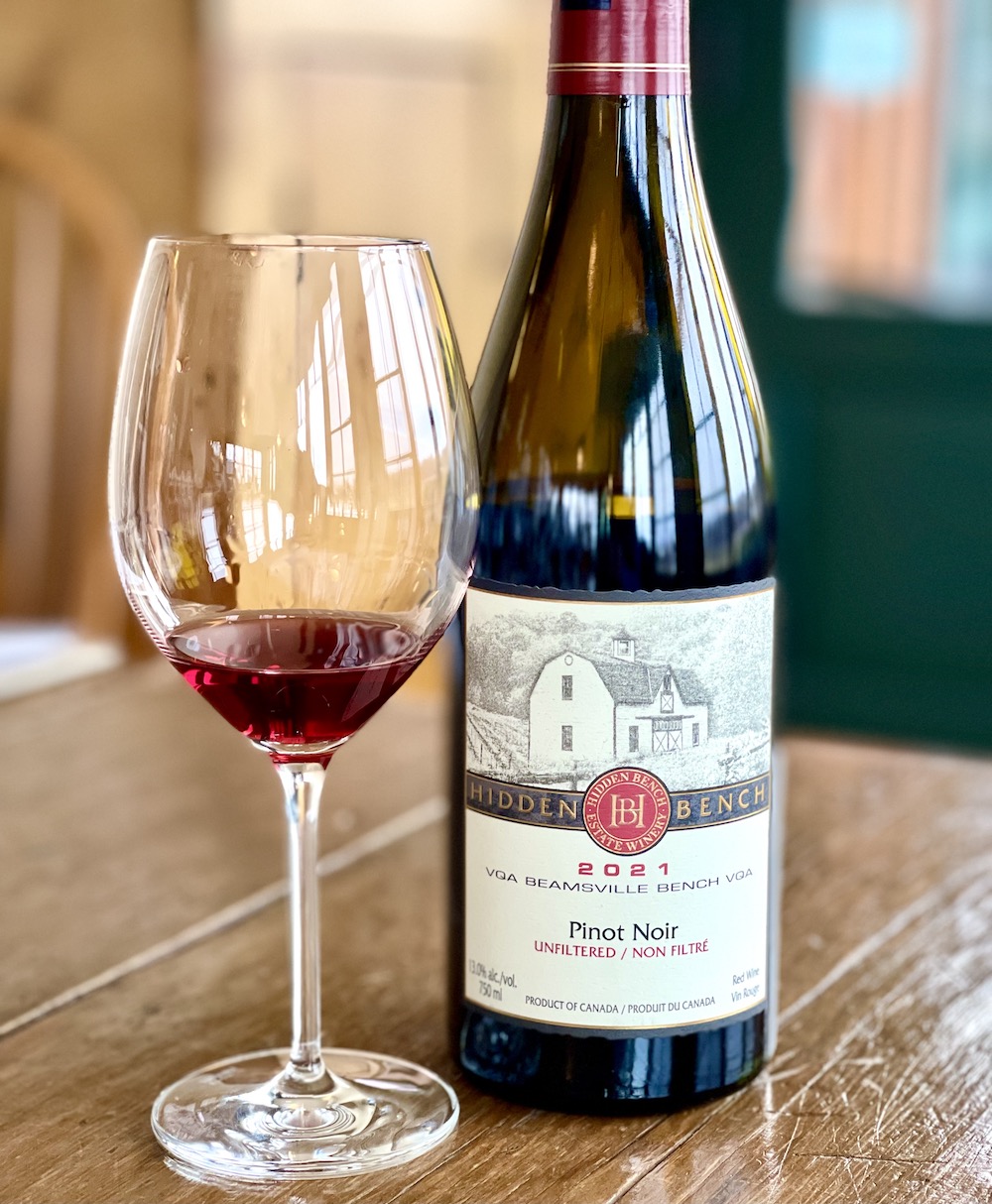
Hidden Bench Estate Pinot Noir 2021 ($38, 93 points) — The estate Pinot is a blend of all three vineyards that sees 89% French oak aging (only 22% new oak) with the rest aged in concrete, all for 10 months. For an estate Pinot, this represents incredible value. It has a lovely, complex nose of brambly red berries, plums, forest floor, pretty violets, and savoury oak spice notes. It’s juicy and layered on the palate with wild black raspberries, dark cherries, earthy/savoury notes, medium+ tannic structure, dried herbs, and a vibrant, long finish. Can cellar 4+ years.
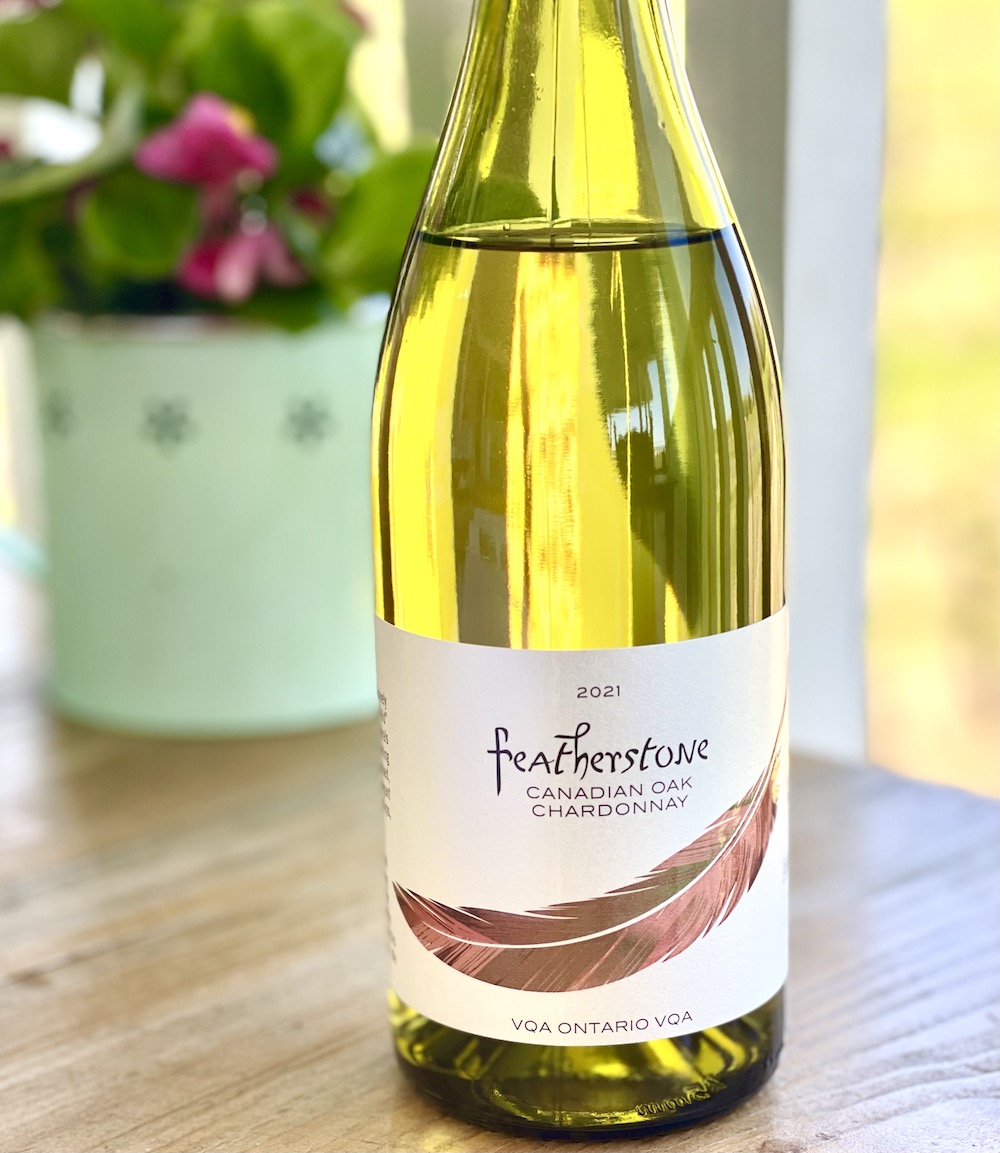
Featherstone Canadian Oak Chardonnay 2021 ($25, 91 points) — You just can’t get any more local than this Chardonnay. “It’s wild fermented, made with our grapes, our yeast and our oak,” says co-owner Louise Engel. The Canadian oak Featherstone champions is sourced from Brantford, Ont. and, as an aside, the estate now has the largest collection of these oak barrels in the world. It has a rich and spicy nose of poached pear, yellow apples, caramel and spice, and some lemon zest. It’s round and fleshy on the palate with broad shoulders, ripe stone fruits, a pinch of lemon zest, oak spices, buttery/creamy notes and enough zing on the finish to keep it lively through the finish.
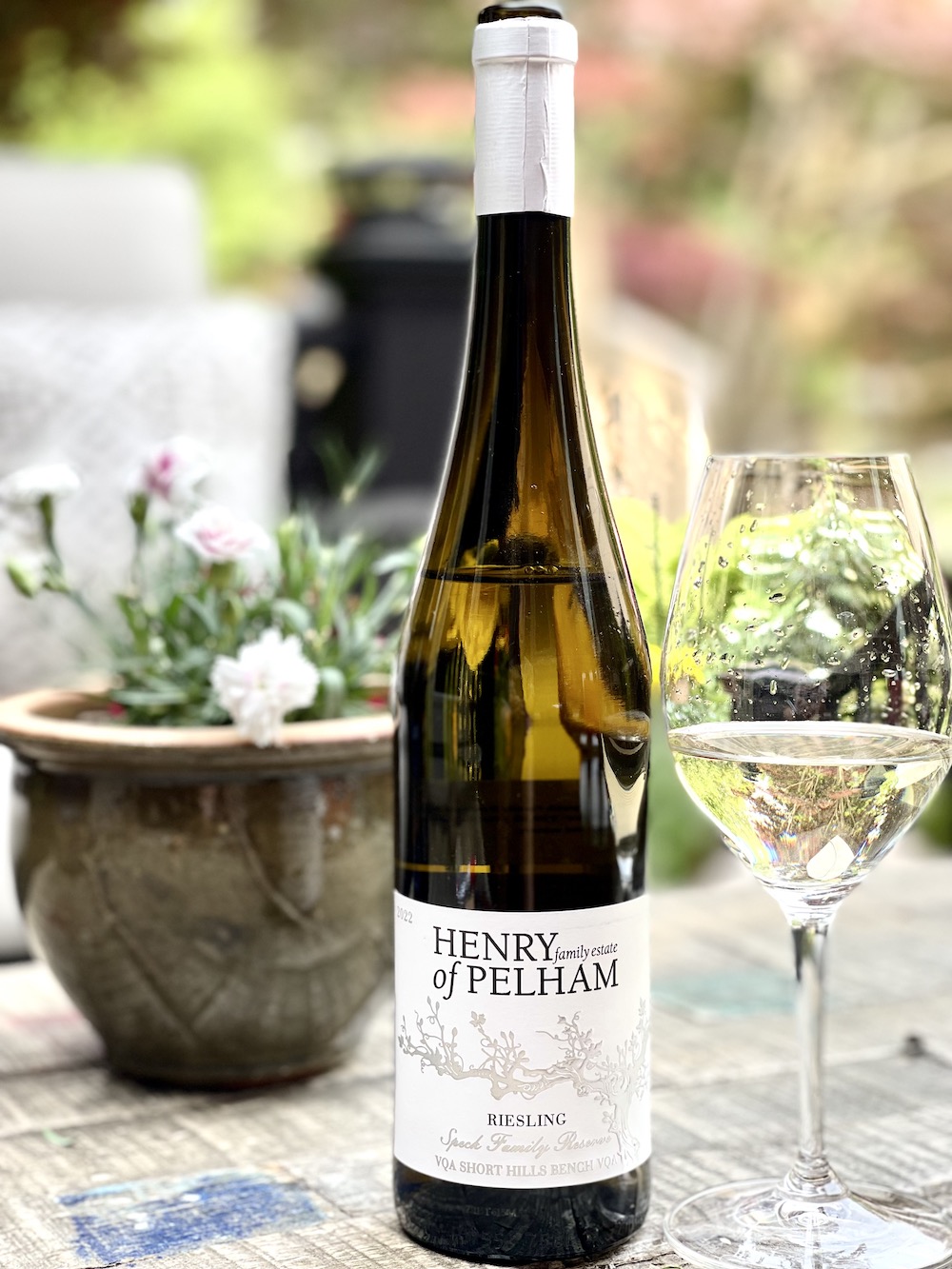
Henry of Pelham Speck Family Reserve Riesling 2022 ($33, 94 points) — A sensational Riesling at the top tier from the Short Hills Bench producer with a beautiful nose of gushing lime, Meyer lemon, fresh salinity, wet stones, peaches, and apricots. It feels dry on the palate, despite over 10 g/L of RS, and shows fresh squeezed lime, grapefruit, peaches, pears, chalky minerality, razor-sharp acidity and a bright, lifted finish. This can improve for 10+ years.
An enticing Barolo to consider
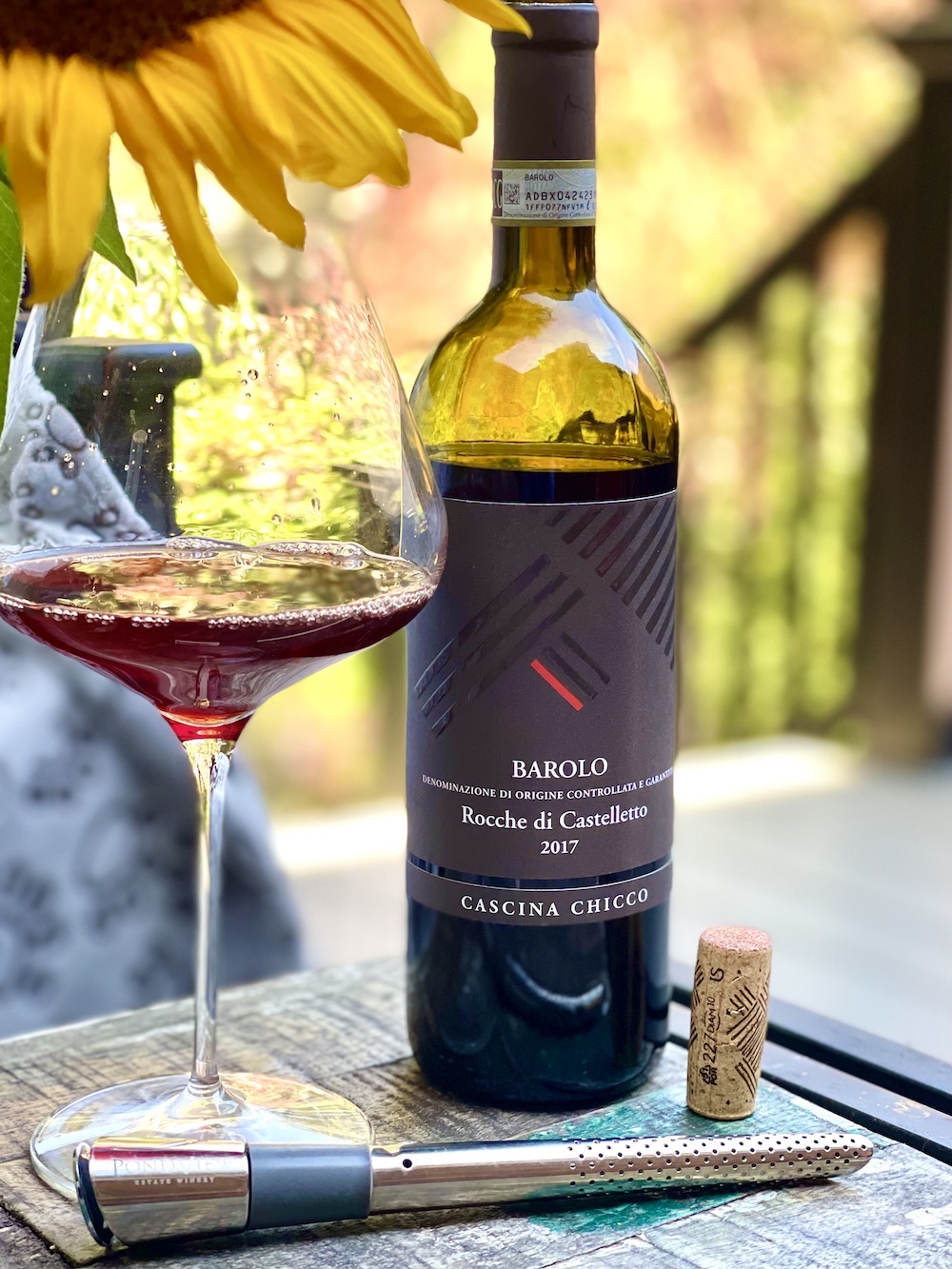
Cascina Chico Rocche di Castelletto Barolo 2017 ($58, Vintages Saturday, 93 points) — I do adore good Barolos, Italy’s version of Pinot Noir that’s made from the Nebbiolo grape. The profile is so deceptive with its light colour in the glass (not unlike Pinot) and then the rousing nose of dense dark cherries, raspberry purée, saddle leather, violets, Espresso bean, savoury/earthy notes, and integrated spices. It’s silky smooth on the palate with rich and succulent red berries, subtle peppery notes, cedar, dark chocolate, mulled herbs, rich spice notes and a long, lingering finish. You can enjoy this now or cellar for five or more years. Beautiful Barolo.
Also released, but not reviewed by Wines in Niagara:
• Hidden Bench Gamay 2021 ($30)
• Henry of Pelham Estate Cabernet Merlot 2019 ($28)
• Flat Rock Cellars Good Kharma Chardonnay 2021 ($18)


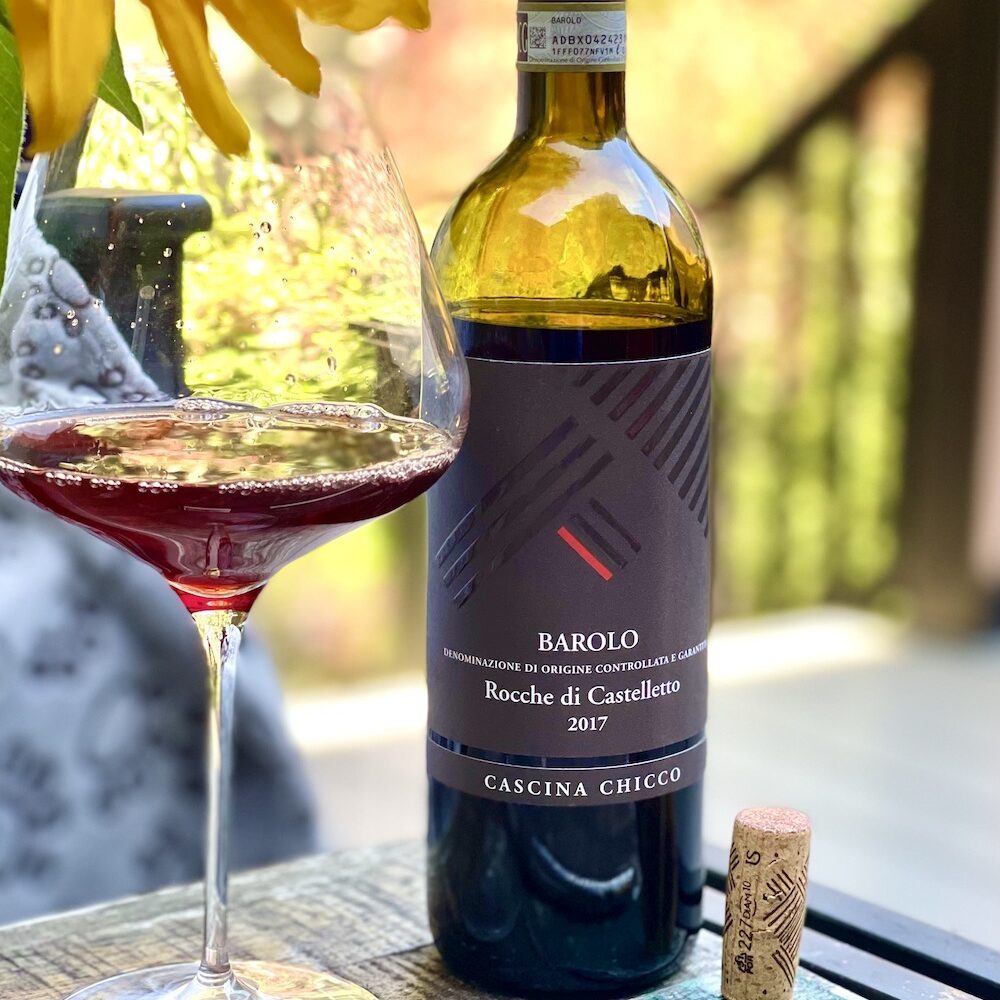





I wasn’t able to find information about the Dig Our Roots pass I think you can buy to go to MOTL wineries to taste wines from older vines. When I click on the link in your article it only brings me to info about the Museum event. I would also like to see more data about which wineries and wines will be poured at the Museum event. Thanks!
Deborah, All the information available can be found through the link provided. There are different buttons to click and make sure you scroll down. That was the only info given to me. Click here: https://wineriesofniagaraonthelake.com/experiences/detail/dig-our-roots
Hi Deborah,
Thanks for your questions about Dig Our Roots. There are now close to 80 wines that will be available at our events on Oct. 13/14. We haven’t published the list yet but if you’d email info@wineriesofniagaraonthelake.com, we’ll gladly email the list to you.
The seven winery on-site events are listed here: https://wineriesofniagaraonthelake.com/experiences/detail/dig-our-roots. Let us know if you have any other questions.